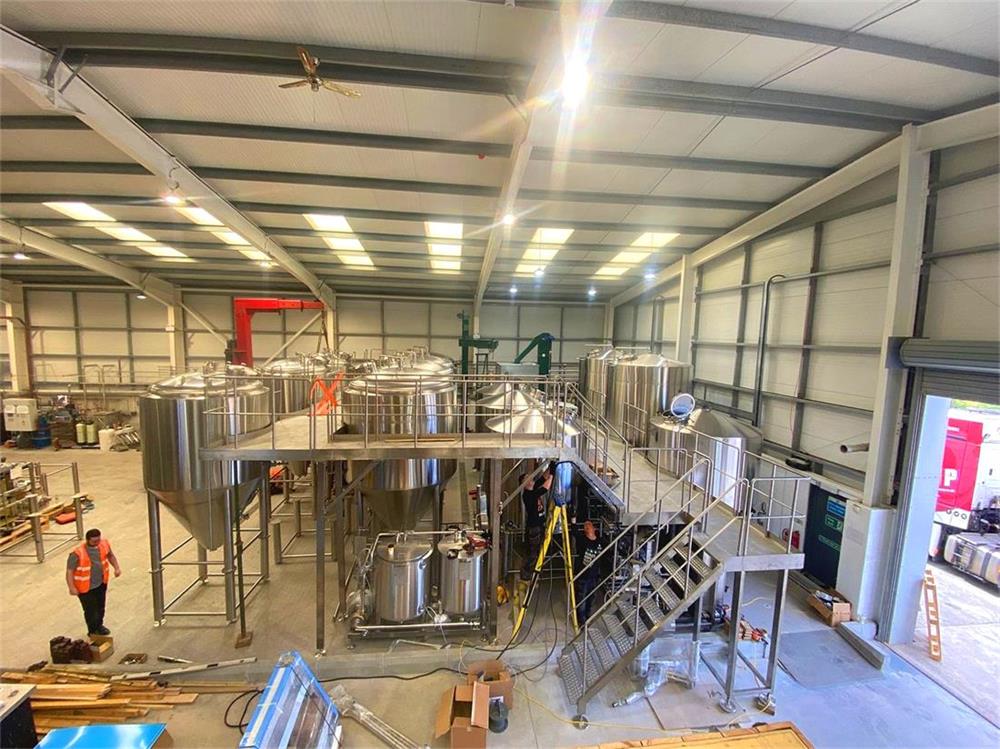Best Conical Fermenter
Overview of Conical Fermenters
If you’re a passionate homebrewer or a seasoned professional in the beer brewing world, you’ve likely come across the term “conical fermenter.” But what exactly makes it so special, and why is it worth considering for your brewing process? Conical fermenters are the rockstars of fermentation equipment, prized for their unique shape, functionality, and the ability to take your beer-making process to the next level. Unlike flat-bottom fermenters, their cone-shaped bottoms allow for better yeast separation, more effective cleaning, and an overall smoother brewing experience.
Want to step up your brewing game? A conical fermenter might just be your next big investment. Let’s dive into what makes these tools stand out, explore their features, and guide you in choosing the best option for your needs.
Why Choose a Conical Fermenter?
Brewing beer is both a science and an art. When it comes to fermentation, precision is key. That’s where a conical fermenter shines. Its innovative design—featuring a cone at the bottom—creates a sediment trap for yeast and trub (the leftover debris during fermentation). This means cleaner beer, fewer headaches, and, honestly, a more professional touch to your brewing process.
Think about it: traditional fermenters often require transferring beer between vessels, which increases the chances of contamination or oxidation. With a conical fermenter, you can perform primary and secondary fermentation in the same vessel. No transfers, no mess, no stress. Sounds great, right?
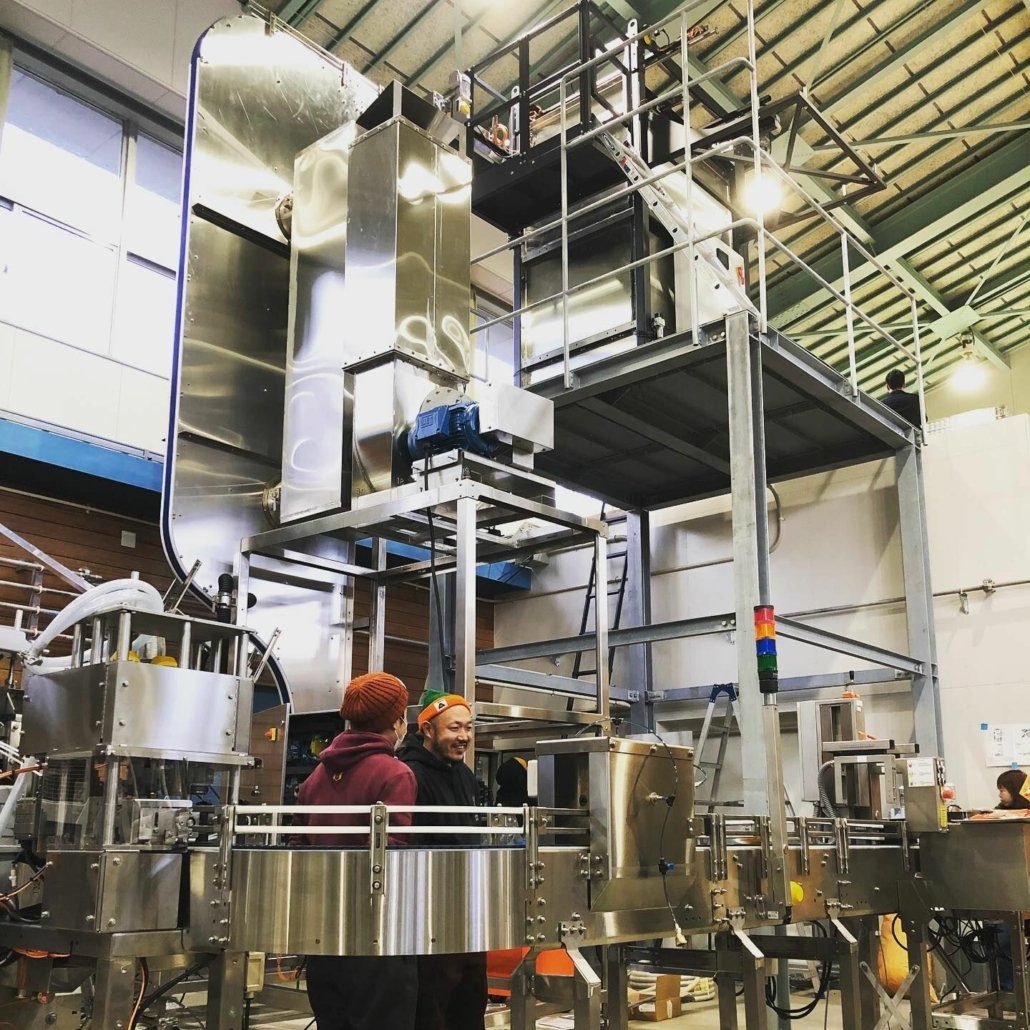
How Conical Fermenters Improve the Brewing Process
Conical fermenters streamline every stage of fermentation. Here’s a closer look at how they transform brewing:
- Primary and Secondary Fermentation in One Vessel
Say goodbye to the hassle of racking your beer into separate containers. A conical fermenter lets you drain the trub or harvest yeast without ever moving your beer. This means less exposure to oxygen and less risk of ruining a perfect batch. - Better Yeast Management
Want to re-use your yeast? A conical fermenter makes it a breeze. The cone-shaped bottom collects the yeast, which can be easily harvested and stored for future brews. This saves money and improves consistency across batches. - Improved Cleaning and Maintenance
Cleaning can be the bane of a brewer’s existence. But thanks to the smooth walls and seamless design of most conical fermenters, scrubbing away residue is much easier than with other types of fermenters.
Troubleshooting Common Issues with Conical Fermenters
While conical fermenters are game-changing, they’re not without their quirks. Here are some common issues and how to handle them:
- Stuck Yeast or Trub
Ever wonder why your yeast isn’t flowing out of the cone like it should? It could be due to too much pressure or improper valve operation. Always ensure the valve is clear and the pressure is balanced. - Temperature Control Challenges
Conical fermenters, especially larger ones, can struggle with maintaining consistent temperatures. Investing in a fermenter with built-in temperature control or a cooling jacket can solve this issue. - Valve Leaks
A leaky valve can spell disaster. Regular maintenance, lubrication, and ensuring tight seals can help you avoid this headache.
Brewing Process Using a Conical Fermenter
Ready to brew? Here’s how the process works with a conical fermenter:
- Sanitize
Start by thoroughly sanitizing the fermenter and all its components. Any leftover bacteria or wild yeast can ruin your batch. - Transfer Wort
Once your wort is ready, transfer it directly into the fermenter. The cone-shaped bottom will help collect sediment as fermentation begins. - Fermentation
Seal the fermenter and let the yeast work its magic. Most conical fermenters come with an airlock or blow-off tube to release excess CO2. - Yeast Removal and Clarification
When primary fermentation is complete, open the bottom valve to remove the yeast and trub. Your beer is now ready for secondary fermentation or cold crashing. - Packaging
Once fermentation is complete, transfer your beer to bottles or kegs, and enjoy the fruits of your labor.

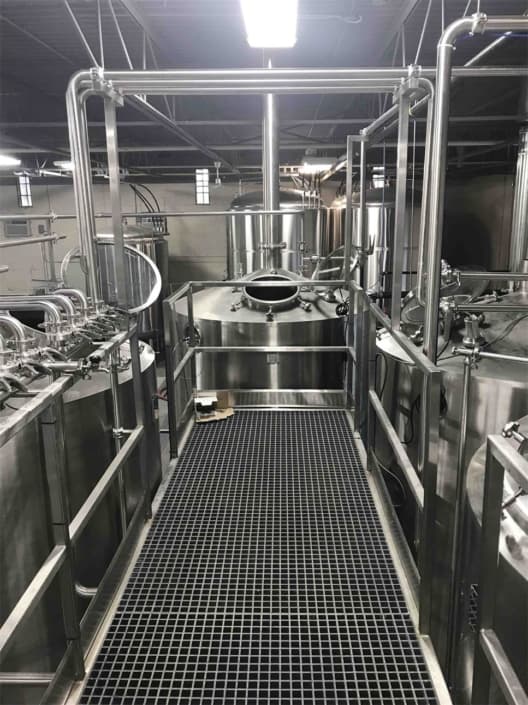
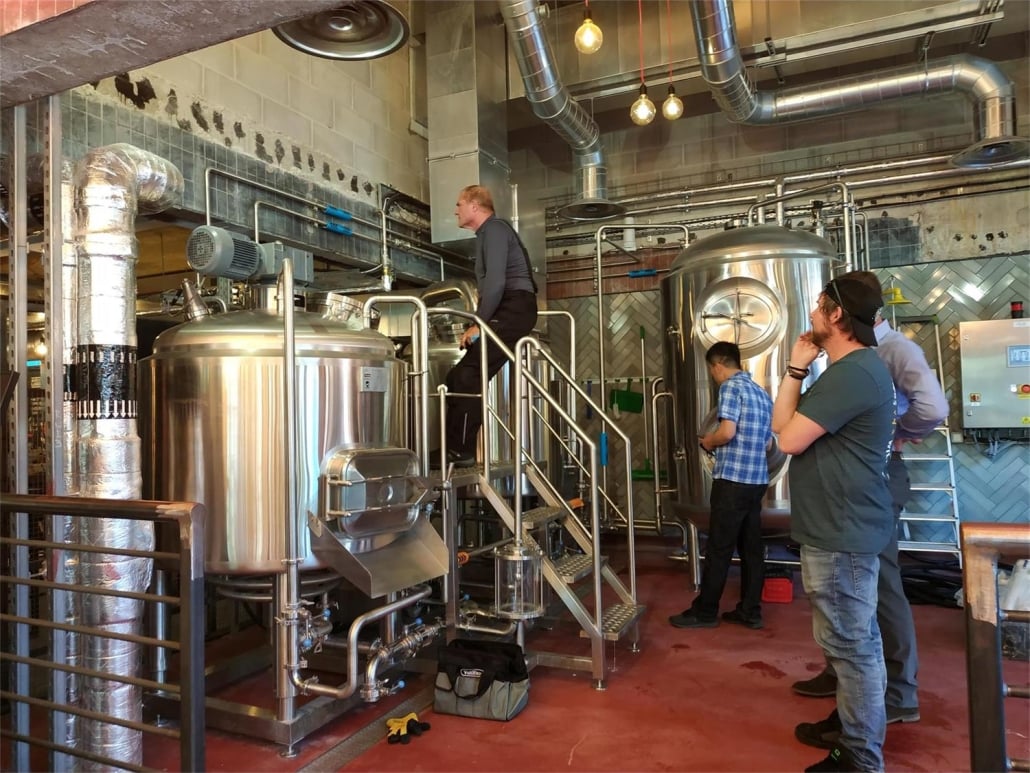
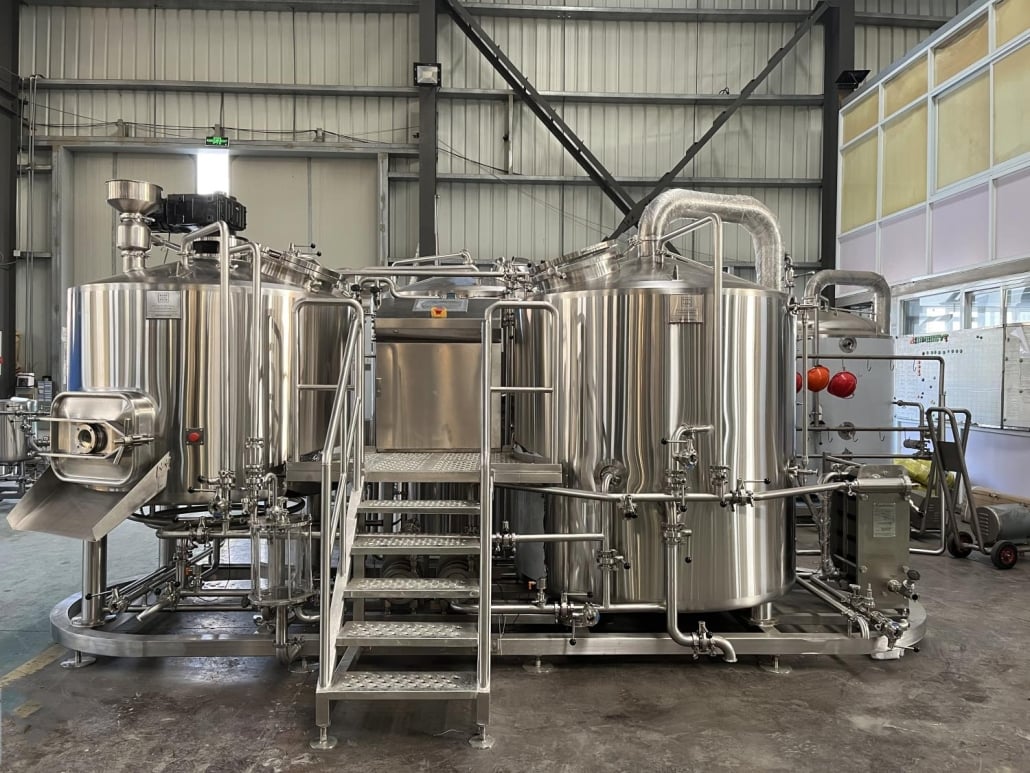
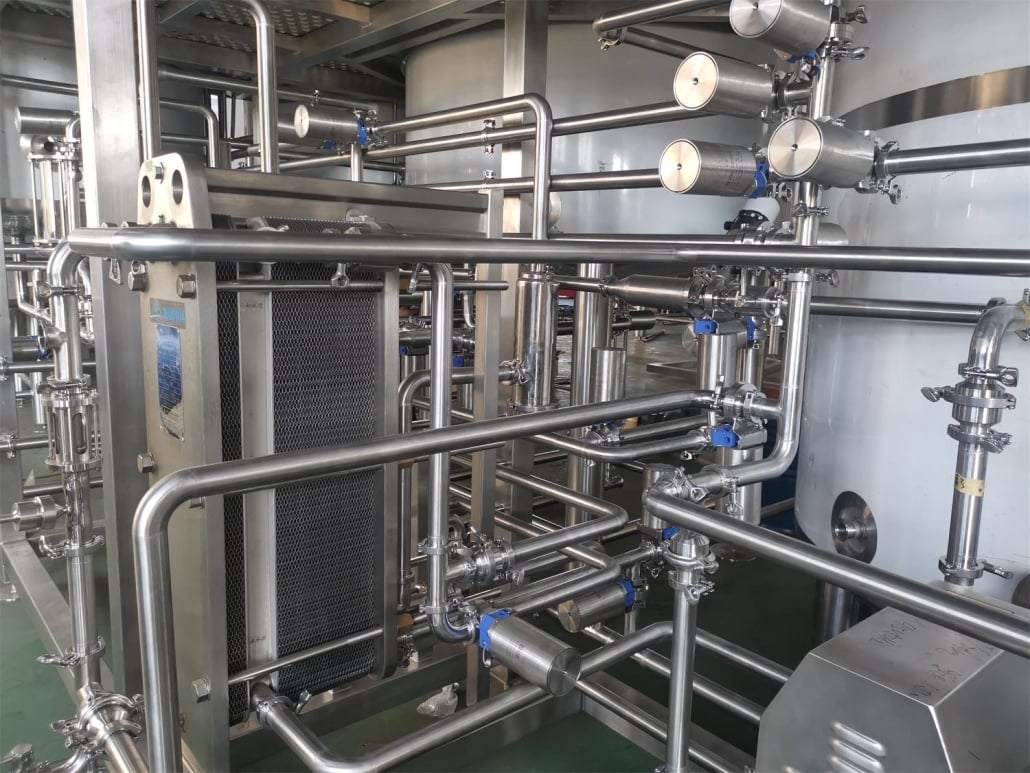

Comparison of Conical Fermenters: Key Features
To help you pick the best conical fermenter, here’s a breakdown of important parameters to consider:
| Feature | Explanation |
|---|---|
| Capacity | Choose a fermenter that suits your brewing scale. Homebrewers may opt for smaller sizes (5-10 gallons), while professionals need larger capacities (up to 100 gallons). |
| Material | Stainless steel is the gold standard for durability and cleanliness. Plastic fermenters are more affordable but may scratch easily and hold odors. |
| Design | Look for features like smooth interiors, tight-sealing lids, and adjustable valves for maximum efficiency. |
| Temperature Control | Built-in cooling jackets or glycol systems are a must for precise fermentation temperature control. |
| Ease of Use | User-friendly designs with ergonomic valves and easy access for cleaning make life easier. |
Suppliers and Price Range of Conical Fermenters
| Supplier | Price Range | Features Offered |
|---|---|---|
| SS BrewTech | $200 – $1,500+ | High-quality stainless steel, temperature control, trub/yeast harvesting systems. |
| Spike Brewing | $300 – $2,000+ | Premium features like pressurization, cooling jackets, and customizable options. |
| FastFerment | $100 – $500 | Affordable plastic fermenters for beginner brewers. |
| Anvil Brewing | $150 – $800 | Durable stainless steel options with a focus on homebrewing. |
| Blichmann Engineering | $400 – $3,000+ | Top-tier fermenters with advanced features for professionals. |
Installation, Operation, and Maintenance Tips
| Aspect | Details |
|---|---|
| Installation | Set up your fermenter on a level surface. For larger fermenters, ensure proper anchoring. |
| Operation | Familiarize yourself with the valve system and temperature controls. |
| Maintenance | Regularly clean and sanitize. Check seals, valves, and fittings for wear and tear. |
Choosing the Best Conical Fermenter Supplier
When selecting a supplier, consider the following:
| Factor | What to Look For |
|---|---|
| Reputation | Check reviews and testimonials to gauge customer satisfaction. |
| Product Range | Opt for suppliers offering a variety of sizes and features. |
| Warranty | A good warranty can save you from costly repairs. |
| Customer Support | Responsive support teams are invaluable if issues arise. |
| Price vs. Quality | Balance affordability with long-term durability and performance. |
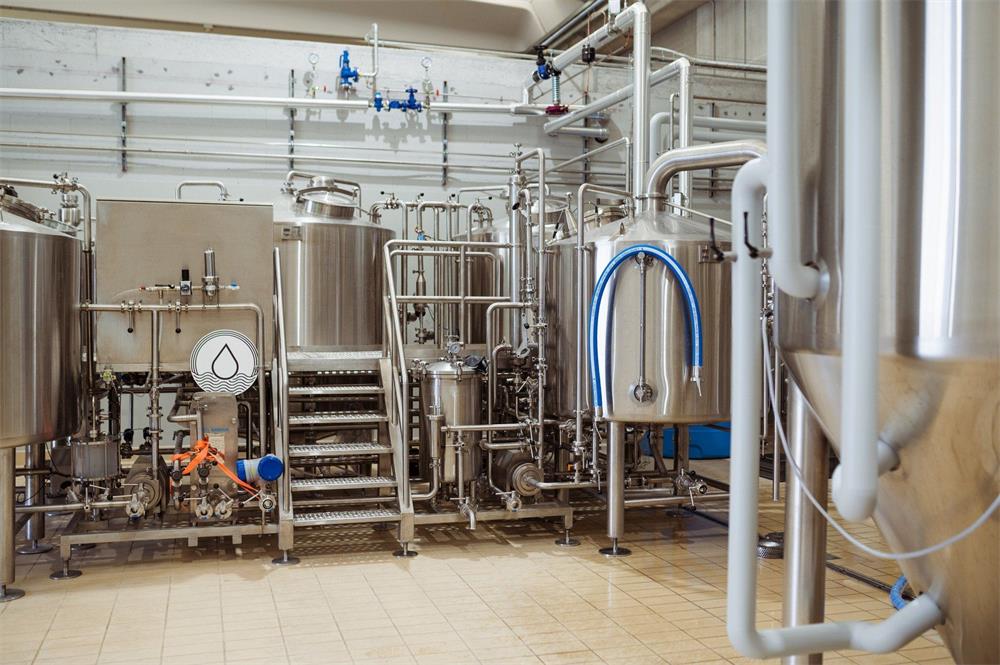
Advantages and Disadvantages of Conical Fermenters
| Aspect | Advantages | Disadvantages |
|---|---|---|
| Design | Trub and yeast separation, reduced contamination risk. | Larger footprint compared to flat fermenters. |
| Efficiency | Easier yeast harvesting, no need for racking. | Higher upfront cost. |
| Material Options | Stainless steel is durable and easy to clean. | Plastic options may not last as long and can retain flavors. |
FAQs
| Question | Answer |
|---|---|
| What is a conical fermenter? | A fermenter with a cone-shaped bottom to separate sediment and improve the brewing process. |
| Why is stainless steel preferred? | It’s durable, easy to clean, and doesn’t retain odors or stains. |
| Are they worth the cost? | Yes, for serious brewers, they offer long-term benefits like cleaner beer and easier brewing. |
| Can beginners use a conical fermenter? | Absolutely! Many affordable options cater to new brewers. |
| How do I clean it? | Use a non-abrasive cleaner, sanitize thoroughly, and inspect for residue or buildup. |
Share this entry
Interested in learning more about Brewing Systems including additional details and pricing information? Please use the form below to contact us!
YOLONG BREWERY EQUIPMENT FAQS
- Commercial Brewery / Craft Brewery / Microbrewery / Nanobrewery
- What is The Difference Between Craft Beer and Industrial Beer?
- The Bespoke Differences In Custom Brewing Systems
- Everything You Need to Know About Kettle Souring
- How to Choose Brewing Equipment for Your business?
- How To Choose The-Best Partner To Build Your Commercial Microbrewing System?
- Two Detection Sensors That You Need To Use In Your Brewhouse System
- Remote Control Applications in Brewing Equipment/How does it work?
- How To Clean Your Brand New Brewery Tanks?

